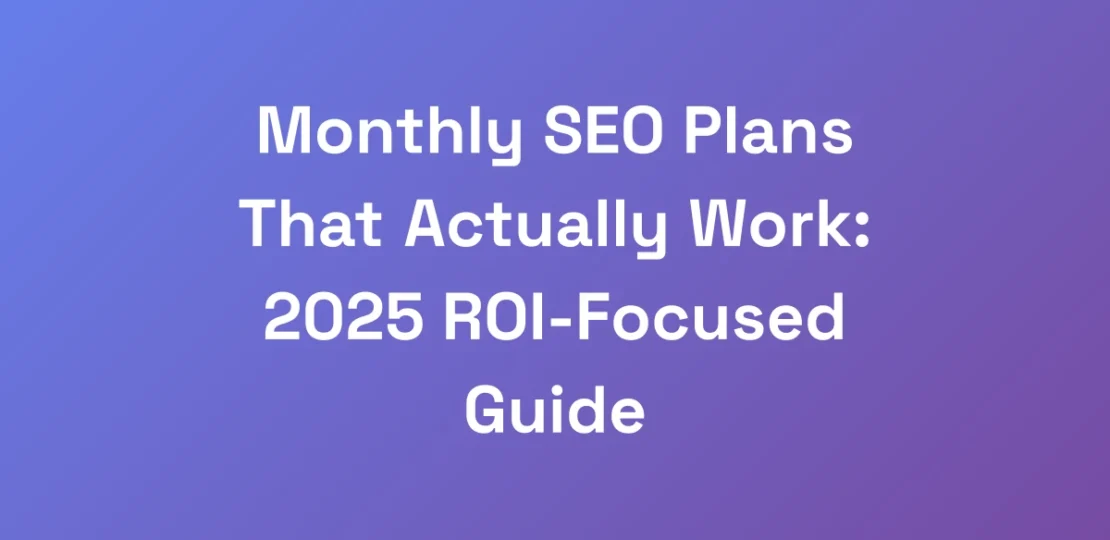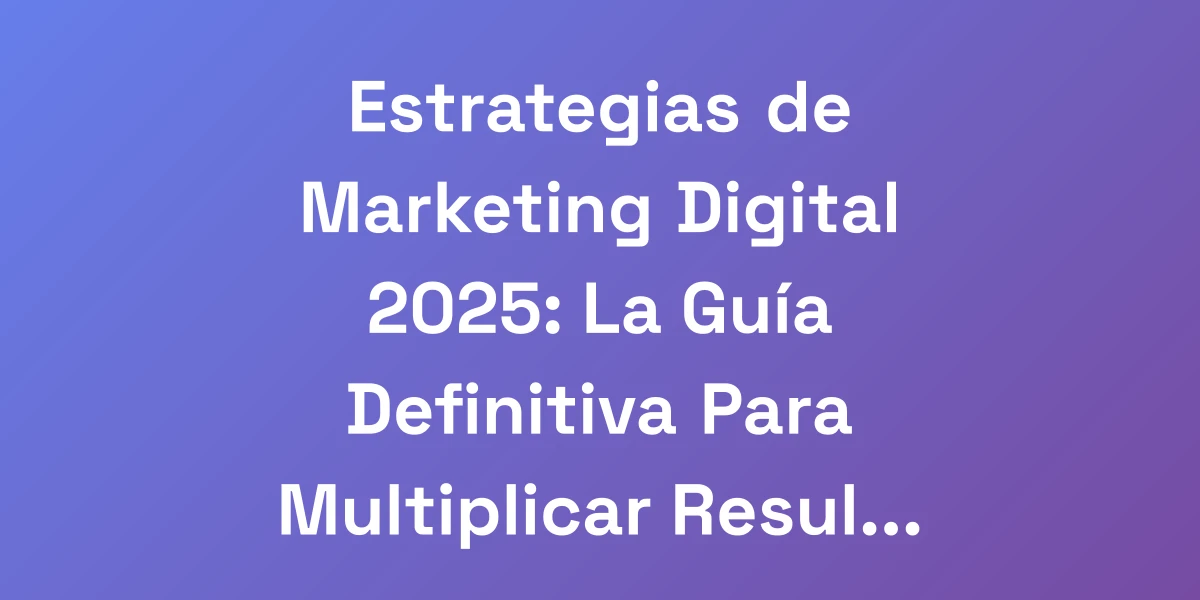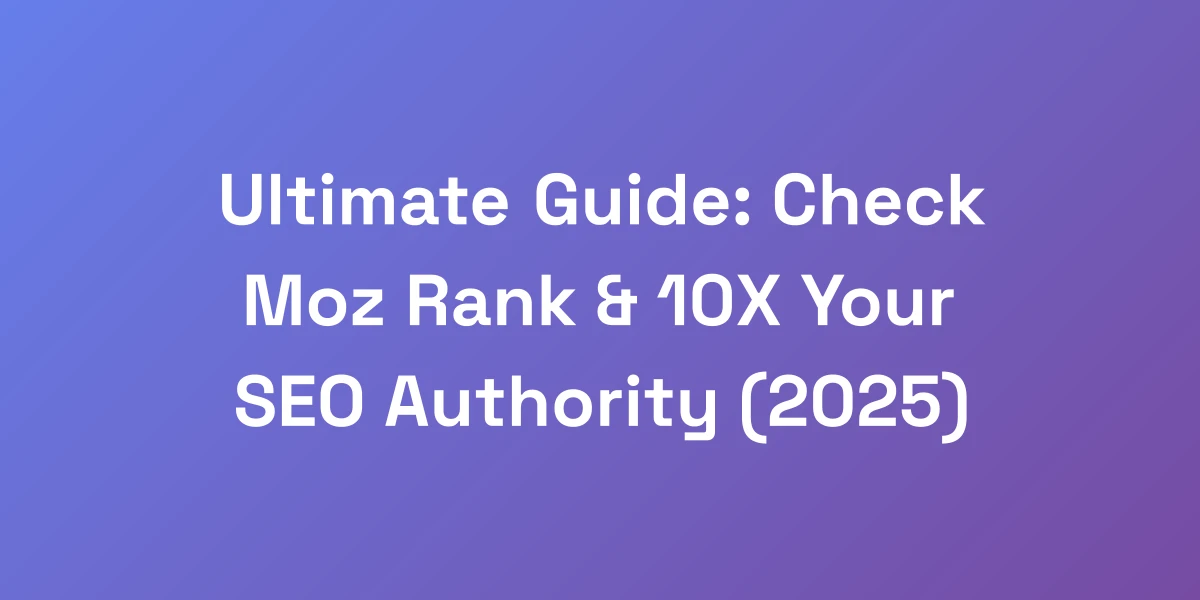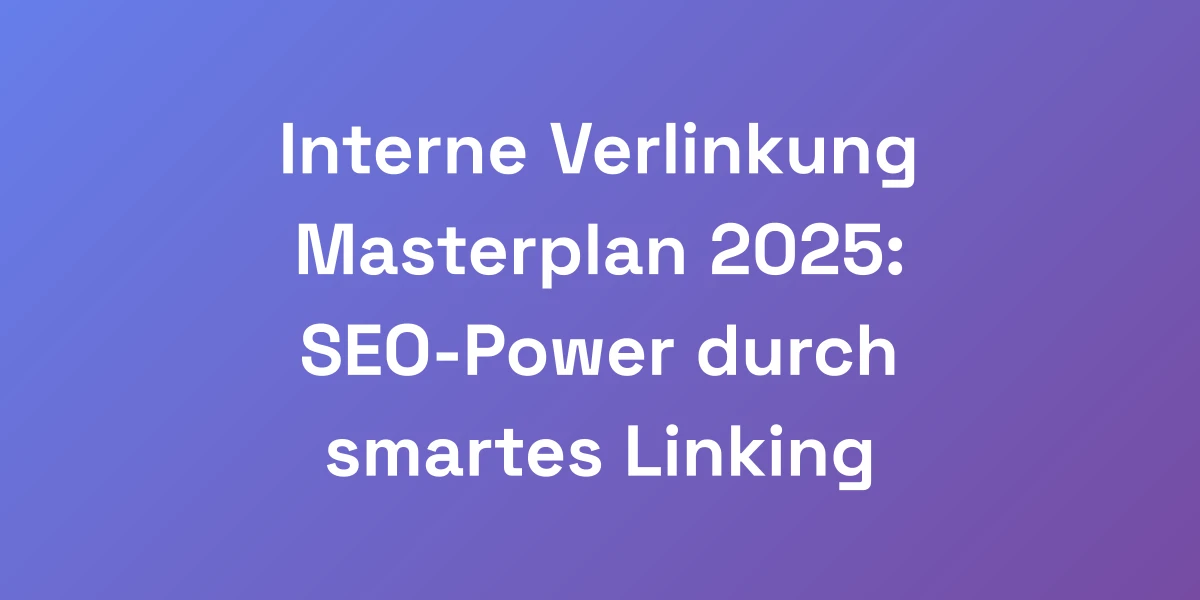Monthly SEO Plans That Actually Work: 2025 ROI-Focused Guide
April 2, 2025 | by [email protected]

The Truth About Monthly SEO Plans Nobody Tells You
Let me be direct – 90% of monthly SEO plans are complete garbage. They’re filled with vanity metrics and useless “activities” that don’t move the needle on what actually matters: revenue.
We’ve spent millions testing what works, and here’s the raw truth: the right monthly SEO plan isn’t about rankings – it’s about engineering predictable customer acquisition at a profit. In this guide, we’ll show you exactly how to identify and implement SEO plans that actually generate real business results, not just pretty reports.
Why Most Monthly SEO Plans Fail to Deliver ROI
Why do so many SEO plans fall short? It boils down to a lack of focus on what truly drives business growth. Most plans prioritize rankings over revenue, chasing fleeting positions in search results rather than sustainable traffic that converts.
Imagine investing in a plan that gets you to the first page, but those rankings disappear as quickly as they appeared. Frustrating, right? That’s because these plans aren’t built on solid foundations. They miss the mark by not aligning SEO strategies with your business objectives.
Here’s what happens:
- Overemphasis on Quantity: Focusing on high volumes of keywords without considering their relevance or conversion potential.
- Lack of Integration: Treating SEO as a standalone activity rather than integrating it with overall marketing and business goals.
- Short-Term Thinking: Prioritizing quick wins over long-term sustainability, leading to inconsistent results.
To avoid these pitfalls, your SEO plan must prioritize activities that directly impact your bottom line. It’s not about flashy metrics; it’s about actionable strategies that drive real growth.
The Only 3 SEO Metrics That Actually Matter
Forget the vanity metrics. Here are the three SEO metrics you should obsess over:
- Organic Traffic: The number of visitors coming to your site from search engines. It’s a direct indicator of your SEO efforts’ effectiveness.
- Conversion Rate: The percentage of visitors who take a desired action, whether it’s making a purchase, signing up for a newsletter, or contacting your sales team.
- Customer Acquisition Cost (CAC): The total cost of acquiring a new customer through your SEO efforts. This helps you understand the ROI of your SEO investments.
Focusing on these metrics ensures that your SEO efforts are not just driving traffic, but also converting that traffic into valuable actions for your business.
How to Calculate Your True SEO ROI
Calculating SEO ROI isn’t rocket science, but it requires a clear approach. Here’s the formula:
SEO ROI = (Gain from Investment – Cost of Investment) / Cost of Investment x 100
Let’s break it down:
- Gain from Investment: This includes all the revenue generated from organic traffic influenced by your SEO efforts.
- Cost of Investment: This encompasses all expenses related to your SEO strategy, including tools, services, and man-hours.
For example, if you spend $10,000 on SEO in a year and generate $50,000 in revenue from that investment, your ROI would be:
(50,000 – 10,000) / 10,000 x 100 = 400%
A 400% ROI indicates a highly effective SEO strategy. Consistently tracking and optimizing your ROI ensures that your SEO efforts are delivering the desired financial outcomes.
Red Flags to Watch For in SEO Package Offerings
Not all SEO packages are created equal. Here are the warning signs that you might be wasting your money:
- Guaranteed Rankings: If a provider promises top rankings, run. No one can guarantee search engine positions.
- Black Hat Techniques: Methods like keyword stuffing or buying backlinks can lead to penalties from search engines.
- Vague Reporting: If the provider can’t clearly explain what they’re doing or the results they’re achieving, it’s a red flag.
- One-Size-Fits-All Packages: Your business is unique, and so should your SEO strategy be. Avoid packages that don’t offer customization.
Stay vigilant and ensure that your SEO provider aligns with ethical practices and transparency. This not only protects your site’s integrity but also ensures long-term success.
The Minimum Effective Dose for SEO Success
What’s the bare minimum you need for SEO to work effectively? It’s about hitting the right balance between essential activities and resource allocation.
Here are the critical components:
- Technical SEO: Ensure your site is crawlable, mobile-friendly, and fast. These are non-negotiable foundations.
- Quality Content: Create valuable, relevant content that addresses your audience’s needs and queries.
- Authority Building: Develop a robust backlink profile with links from reputable sites in your industry.
By focusing on these essentials, you set the stage for sustainable SEO success without getting bogged down by unnecessary complexities.
Breaking Down Monthly SEO Plan Pricing & What You Should Really Pay
Stop overpaying for SEO. The truth is, effective monthly SEO plans range from $2,000 to $10,000 depending on your market and goals. But here’s what nobody tells you: it’s not about the monthly investment – it’s about your cost per acquired customer. We’ve seen $500 plans outperform $5,000 plans because they focused on the right activities. Let’s break down exactly what you should expect to pay based on your business model, and more importantly, how to ensure you’re getting real value for every dollar spent.
True Cost Analysis of Different SEO Service Levels
Understanding the true cost of SEO services requires dissecting what each service level offers:
- Basic SEO Packages ($1,500 – $2,500/month): Ideal for startups. These typically include keyword research, on-page optimization, and basic link building.
- Comprehensive Local SEO ($3,000 – $5,000/month): Best for businesses targeting local markets. Includes advanced local keyword targeting, Google My Business optimization, and localized content creation.
- Large SEO Projects ($2,501 – $5,000/month): Suitable for larger enterprises. Offers extensive services like detailed competitor analysis, comprehensive content strategies, and sophisticated link building campaigns.
- Premium SEO Services ($5,000 – $10,000/month): For businesses with aggressive growth goals. Includes everything from the comprehensive packages plus advanced analytics, custom reporting, and ongoing strategy adjustments.
By understanding what you’re paying for, you can better assess which service level aligns with your business needs and budget.
Calculating Your Maximum Allowable SEO Spend
Your maximum SEO spend should correlate directly with your revenue and customer acquisition targets. Here’s how to calculate it:
- Determine Lifetime Value (LTV): Understand how much a customer is worth to your business over their lifetime.
- Set Acquisition Goals: Define how many new customers you aim to acquire monthly through SEO.
- Calculate CAC: Decide how much you’re willing to spend to acquire each customer.
For instance, if your LTV is $1,000 and you’re willing to spend $200 to acquire a customer, your maximum SEO spend should be aligned to achieve these goals without overshooting your budget.
Package Components Worth Paying For vs. Fluff
Not all components of an SEO package deliver equal value. Here’s what to focus on and what to ignore:
- Worth Paying For:
- Comprehensive keyword research
- High-quality content creation
- Technical SEO audits and fixes
- Robust backlink strategies
- Detailed performance reporting
- Fluff to Avoid:
- Excessive link exchanges
- Keyword stuffing techniques
- Duplicate content creation
- Generic, non-tailored strategies
- Overly optimistic progress reports without substance
By distinguishing between valuable and worthless components, you can invest wisely and avoid wasting money on ineffective strategies.
How to Structure Performance-Based SEO Agreements
Performance-based agreements align the interests of both you and your SEO provider. Here’s how to structure them effectively:
- Clear KPIs: Define specific, measurable key performance indicators such as organic traffic growth, conversion rates, and revenue targets.
- Payment Structure: Tie payments to the achievement of these KPIs, ensuring that you only pay for results achieved.
- Regular Reviews: Schedule periodic reviews to assess progress and make necessary adjustments.
- Transparency: Ensure that all strategies and actions are transparent, with access to detailed reports and analytics.
This structure promotes accountability and ensures that your SEO investment is directly contributing to your business goals.
Hidden Costs and Fees to Watch Out For
Beware of hidden costs that can inflate your SEO budget unexpectedly:
- Setup Fees: Initial setup costs that are not clearly communicated upfront.
- Additional Services: Charges for services that were not part of the original agreement, such as extra content creation or premium tools.
- Contract Terminations: Fees for early termination of the contract, which can lock you into subpar services.
Always read the fine print and ask for a detailed breakdown of costs before signing any agreement to avoid unpleasant surprises down the line.
The Core Components Every Effective Monthly SEO Plan Must Include
After analyzing thousands of SEO campaigns, we’ve identified the critical few activities that drive 95% of results. Most agencies will try to dazzle you with 50+ deliverables, but that’s just noise. You need just five core components executed with precision and consistency. We’re going to show you exactly what these components are, why they matter, and how to ensure they’re being executed properly. This is the same framework we used to scale multiple businesses to 8-figures through SEO.
Technical SEO Infrastructure Requirements
Technical SEO is the backbone of any successful SEO strategy. Without a solid foundation, even the best content and link-building efforts will falter.
- Site Speed: Ensure your website loads in under 3 seconds. Use tools like Google PageSpeed Insights to identify and fix speed issues.
- Mobile-Friendliness: With mobile-first indexing, your site must be optimized for mobile devices. Test using Google’s Mobile-Friendly Test tool.
- Crawlability: Make sure search engines can crawl and index your site effectively. Use tools like Screaming Frog to identify and resolve crawl errors.
- SSL Encryption: Secure your site with HTTPS. This not only protects user data but also improves your search rankings.
- XML Sitemap: Keep your sitemap updated to help search engines understand your site structure and discover new content.
By addressing these technical aspects, you ensure that your website is primed for search engine visibility and user engagement.
Content Strategy & Creation Framework
Content is king, but not just any content. It’s about creating business blogging valuable, relevant, and optimized content that meets your audience’s needs.
- Keyword Research: Identify and target keywords that your potential customers are searching for. Use tools like SEMrush or Ahrefs for comprehensive keyword analysis.
- Content Calendar: Plan your content in advance to ensure consistency and relevance. A well-structured calendar helps in timely content publication.
- High-Quality Content: Focus on creating in-depth articles, guides, and case studies that provide real value. Avoid fluff and ensure each piece serves a purpose.
- On-Page Optimization: Optimize your content with appropriate header tags, meta descriptions, and internal linking. Ensure keywords are naturally integrated.
- Regular Updates: Keep your content fresh by regularly updating it with new information, data, and insights.
A robust content strategy not only attracts traffic but also engages and converts visitors into customers.
Link Building & Authority Development
Building authority through high-quality backlinks is crucial for improving your search engine rankings and establishing your site as a trusted source.
- Quality Over Quantity: Focus on acquiring backlinks from reputable, high-authority websites in your industry.
- Guest Posting: Contribute valuable content to other websites and include a link back to your site. This not only drives traffic but also builds authority.
- Broken Link Building: Identify broken links on other sites and offer your content as a replacement. It’s a win-win situation.
- Influencer Outreach: Collaborate with industry influencers to earn backlinks and increase your site’s visibility.
- Content Promotion: Promote your high-quality content across various platforms to attract natural backlinks.
Effective link building enhances your site’s credibility and significantly boosts your SEO efforts.
Conversion Rate Optimization Integration
Driving traffic is only half the battle. Ensuring that your visitors take desired actions is where true ROI is realized.
- A/B Testing: Continuously test different elements of your site, such as headlines, CTAs, and layouts, to identify what converts best.
- User Experience (UX): Ensure your site is intuitive and easy to navigate. A seamless user experience can significantly boost conversion rates.
- Clear CTAs: Make your calls-to-action prominent and compelling. Guide your visitors towards the next steps they should take.
- Landing Page Optimization: Design landing pages that are specifically tailored to convert visitors, with focused messaging and minimal distractions.
- Analytics Tracking: Use tools like Google Analytics to monitor user behavior and identify areas for improvement.
Integrating conversion rate optimization into your SEO plan ensures that the traffic you’re attracting translates into tangible business results.
Performance Tracking & Optimization Protocols
Continuous monitoring and optimization are essential to maintaining and improving your SEO performance over time.
- Regular Audits: Conduct monthly SEO audits to identify and resolve any issues that could be hindering your performance.
- Performance Dashboards: Set up dashboards using tools like Google Data Studio to visualize your key metrics in real-time.
- Competitive Analysis: Keep an eye on your competitors’ strategies and adjust your own tactics accordingly.
- Feedback Loops: Implement systems to gather feedback from your SEO campaigns, allowing for continuous improvement.
- Adapt to Updates: Stay abreast of search engine algorithm updates and adjust your strategies to maintain and improve your rankings.
By rigorously tracking and optimizing your performance, you ensure that your SEO strategies remain effective and aligned with your business objectives.
Implementation & Execution: Making Your Monthly SEO Plan Work
Here’s where the rubber meets the road. A plan is worthless without proper execution. We’re going to give you the exact standard operating procedures we use to implement high-performing SEO campaigns. This isn’t theory – these are battle-tested processes that have generated millions in revenue. You’ll learn how to manage your SEO provider, set proper expectations, and ensure you’re getting maximum ROI from your monthly investment, similar to SEO freelancing strategies.
First 90 Days Implementation Timeline
The first 90 days are crucial for setting the groundwork and gaining momentum. Here’s a roadmap:
- Month 1: Conduct a comprehensive SEO audit, perform keyword research, and start technical SEO fixes. Begin content planning and initial outreach for backlinks.
- Month 2: Launch optimized content, continue technical optimizations, and ramp up link-building efforts. Start implementing conversion rate optimization strategies.
- Month 3: Refine strategies based on initial results. Enhance content, expand link-building campaigns, and intensify CRO initiatives. Begin detailed performance tracking.
By following this timeline, you ensure a structured and phased approach to implementing your SEO plan, laying the foundation for sustained growth.
Key Performance Indicators & Tracking Systems
Monitoring the right KPIs is essential for measuring the success of your SEO efforts. Here are the key indicators to track:
- Organic Traffic: Track the number of visitors coming from search engines using Google Analytics.
- Keyword Rankings: Monitor your rankings for targeted keywords with tools like Ahrefs or SEMrush.
- Conversion Rates: Measure the percentage of visitors who complete desired actions on your site.
- Backlink Quality: Analyze the quality and quantity of backlinks pointing to your site.
- Engagement Metrics: Evaluate metrics like bounce rate, average session duration, and pages per session to assess user engagement.
Implementing robust tracking systems ensures that you have real-time insights into your SEO performance, allowing for timely adjustments and optimizations.
Monthly Reporting & Analysis Framework
Transparency and regular analysis are key to staying on track and achieving your SEO goals. Here’s how to structure your monthly reports:
- Performance Summary: Provide an overview of key metrics and progress towards goals.
- Detailed Analysis: Break down performance by traffic sources, keyword rankings, and conversion rates.
- Actionable Insights: Highlight areas of success and identify opportunities for improvement.
- Next Steps: Outline the planned actions for the upcoming month based on the analysis.
Regular reporting keeps everyone aligned and ensures that your SEO strategy remains dynamic and responsive to changing conditions.
Course-Correction Protocols
No strategy is flawless from the get-go. Implementing course-correction protocols ensures that you stay agile and responsive to performance data.
- Regular Reviews: Schedule weekly or bi-weekly reviews to assess current performance and identify issues early.
- Flexible Strategies: Be prepared to pivot your strategies based on what’s working and what’s not. This could mean adjusting keyword targets or shifting your content focus.
- Stakeholder Communication: Keep open lines of communication with all stakeholders to ensure everyone is informed and onboard with necessary changes.
- Continuous Learning: Stay updated with the latest SEO trends and algorithm changes to keep your strategies relevant and effective.
These protocols ensure that your SEO campaigns remain effective and aligned with your business goals, even in the face of unexpected challenges.
Scaling Strategies for Growing Businesses
As your business grows, your SEO strategies should evolve to support increased traffic and expanded goals. Here’s how to scale effectively:
- Content Expansion: Increase the volume and variety of your content to cover more topics and capture a broader audience.
- Advanced Link Building: Implement more sophisticated link-building strategies, such as creating high-value assets that naturally attract backlinks.
- International SEO: If expanding globally, optimize your site for different languages and regions to capture international traffic.
- Automation Tools: Use AI-powered SEO automation and search engine optimization automation to automate repetitive tasks, freeing up time for strategic planning and analysis.
- Team Expansion: As your SEO needs grow, consider expanding your team or partnering with specialized agencies to handle the increased workload.
Scaling your SEO efforts ensures sustained growth and aligns your SEO strategy with your business’s expanding needs.
Conclusion
We’ve peeled back the layers on what makes a monthly SEO plan not just effective, but a powerhouse for driving real business results in 2025.
From understanding the true costs and avoiding common pitfalls to identifying and implementing the core components that matter, you’re now equipped with the knowledge to craft a high-ROI SEO strategy.
But this is just the beginning. SEO is an ever-evolving field, and staying adaptable is key to maintaining your competitive edge. Take the insights from this guide, apply them with precision, and watch your business scale new heights.
Ready to transform your SEO strategy? Start implementing these actionable tips today and see the difference in your bottom line.
Have questions or need personalized advice? Contact us and let’s elevate your SEO game together. What’s your biggest SEO challenge right now?
RELATED POSTS
View all


